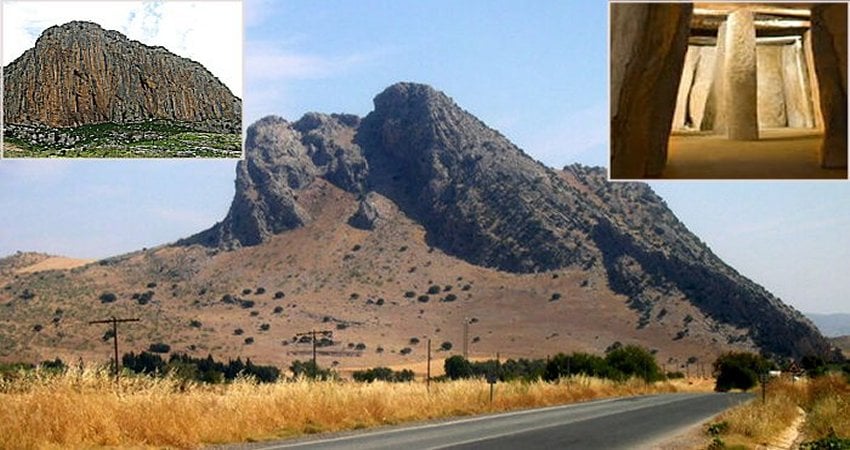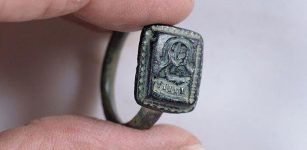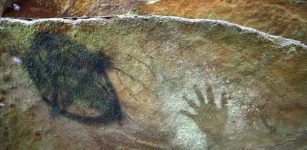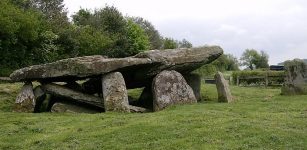Possible Ancient Victims Of A Mass Execution Discovered In Greece
MessageToEagle.com – Archaeologists have come across an ancient Greek burial site in Athens where at least 80 skeletons were laid to rest. The peoples’ wrists were clamped together in iron shackles. This suggests these individuals were possible ancient victims of a mass execution.
However, the true identity of these people is a mystery.
How they got there, why they appear to have been buried with a measure of respect and what kind of crime they committed remains also unknown.
The bodies were discovered in part of the Falyron Delta necropolis, a large ancient cemetery unearthed during the construction of a national opera house and library between downtown Athens and the port of Piraeus.
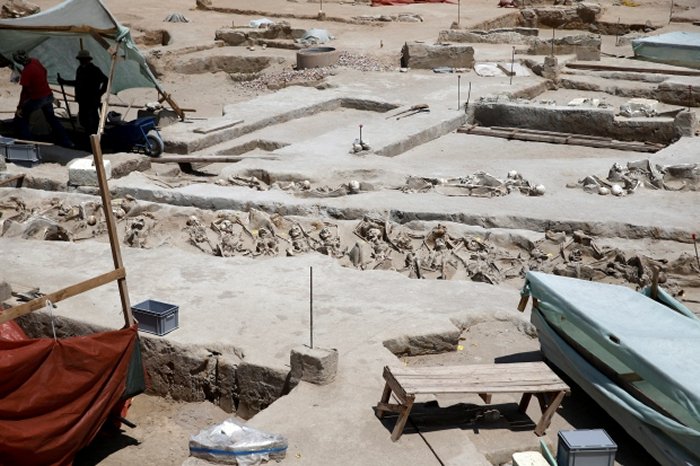
“They have been executed, all in the same manner. But they have been buried with respect,” Stella Chryssoulaki, head of excavations, said.
“They are all tied at the hands with handcuffs and most of them are very very young and in a very good state of health when they were executed.”
See also:
Followers Of Cylon Of Athens Found In Ancient Mass Grave?
Rare Warrior Tomb Filled With Bronze Age Treasures Unearthed At Pylos, Greece
Mysterious Sophisticated Mycenaean Civilization: Untouched Ancient Tomb Found In Amfissa, Greece
The cemetery dates from between the 8th and 5th century BC.
“It is a period of great unrest for Athenian society, a period where aristocrats, nobles, are battling with each other
for power,” said Chryssoulaki.
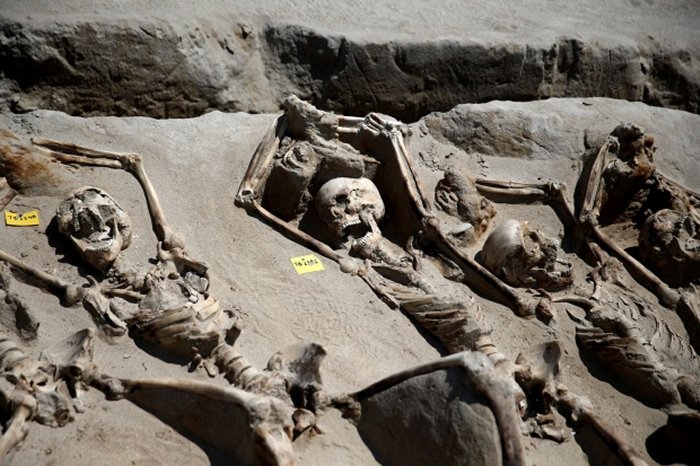
One of the strongest theories is that they were supporters of Cylon, an Athenian noble and Olympic champion who staged an attempted coup in Athens in 632 BC with the help of his father-in-law, the tyrant of Megara.
The coup failed and Cylon hid in a temple of the Acropolis. He managed to escape, but the people who backed him were killed.
Referring to the theory that the skeletons may be the remnants of Cylon’s failed coup attempt, Chryssoulaki said that more research will have to be carried out before we can know for certain.
“Perhaps with the DNA tests that we will do on these skeletons we may confirm or not this hypothesis that these deceased, these young people could be … part of a coup … an attempt by a noble to take power by force,” said Chryssoulaki.
More than 1,500 bodies lie in the whole cemetery, some infants laid to rest in ceramic pots, other adults burned on funeral pyres or buried in stone coffins. One casket is made from a wooden boat.
MessageToEagle.com

